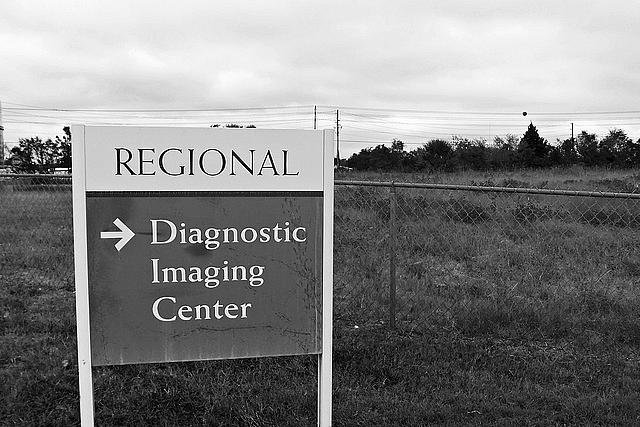Self-Interest: Cost of physician self-referral could be better spent

The total: $69 million.
That’s enough to build a new cancer care center in Baltimore.
That’s enough to research new treatments for clostridium difficile and other infections.
That’s more than enough to pay for an entire year’s worth of drug therapy for every man, woman and child living with HIV in Nairobi.
It’s also the amount that the Government Accountability Office thinks went to anatomic pathology services as a result of physicians referring patients to businesses co-owned by them or their families. I wrote last week about the rising self-referral phenomenon. One of the biggest implications of this trend is how it triggers unnecessary spending. Some portion of that $69 million likely went to important services, even saved lives. But the GAO believes that doctors are too quick to refer patients for more services when they have a financial stake, and that means some of that $69 million was probably wasted.
Here’s how the agency makes that case.
It studied referrals for anatomic pathology services by dermatologists, gastroenterologists, and urologists receiving Medicare funds. When those doctors referred patients for anatomic pathology services, which is another way of saying biopsies, and did not have a financial stake in the service, they referred far fewer patients. When they switched and started referring patients for pathology services in which they or a family member had a financial tie, the referrals shot up.
Gastroenterologists that began self-referring in 2009 – the GAO calls them switchers – increased the number of referrals for biopsies by 14 percent between 2008 and 2010 while doctors who did not self-refer only increased by 2.8 percent.
Over the same period, dermatologist switchers increased referrals by 23.8 percent while dermatologists who did not self-refer only increased referrals by 0.3 percent.
And that brings us to the urologists, who really just blasted past the other two disciplines. The urology switchers increased by 58.5 percent between 2008 and 2010. The urologists who did not self-refer, meanwhile, decreased the number of biopsies by 0.2 percent. Does that huge difference in the trends seem like it could possibly be tied to the best needs of the patients?
The GAO wrote:
Differences in referral for these services generally persisted after accounting for geography and patient characteristics such as health status and diagnosis. These analyses suggest that financial incentives for self-referring providers were likely a major factor driving the increase in referrals. GAO estimates that in 2010, self-referring providers likely referred over 918,000 more anatomic pathology services than if they had performed biopsy procedures at the same rate as and referred the same number of services per biopsy procedure as non-self-referring providers.
And the cost of those 918,000 additional pathology services? $69 million.
Remember that this was just one service out of thousands being recommended by one sub-group of physicians. Try to mentally multiply that out over all the different services, consultations, surgeries, and the like that come from physician referrals.
The Office of Management and Budget recommended closing a federal loophole that allows physician self-referrals and estimated it would save more than $6 billion over a 10-year period.
The GAO wrote:
To the extent that these additional referrals were unnecessary, avoiding them could result in savings to Medicare and beneficiaries, as they share in the cost of services.
It would be nice to be able to find out exactly how many of those 918,000 referrals were for unnecessary services, right? And how much of that $69 million was poorly spent? But, as odd as this might sound to physicians who fill out stacks of Medicare paperwork just to get paid, Medicare does not have a way of tracking self-referrals.
I’ll write about the GAO’s recommendations for fixing that problem in my next post.
Photo by Daniel Oines via Flickr.

